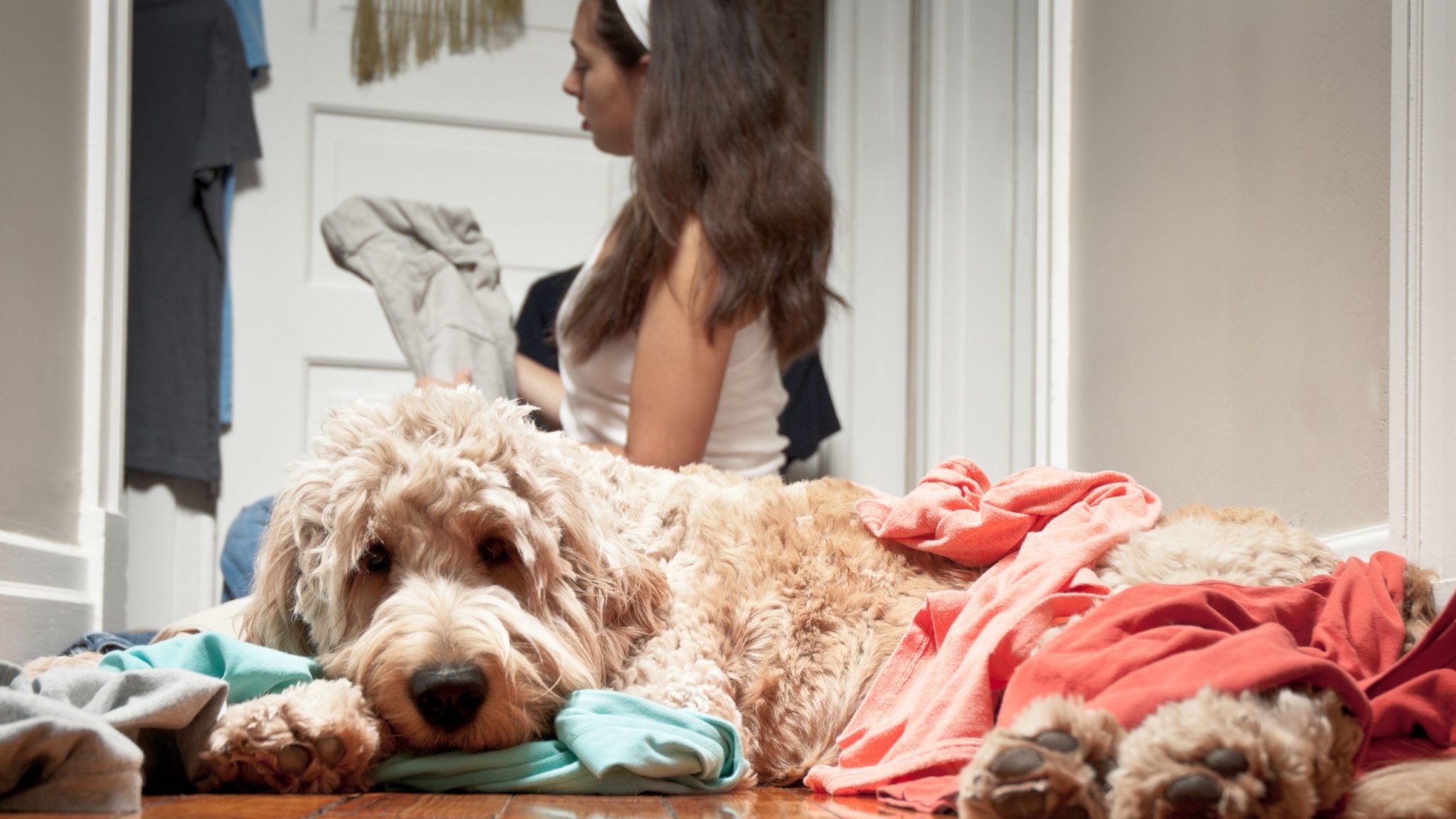No products in the cart.
DIYFashion
Update your Clothes: Turning Your Unwanted Clothes Into A New Wardrobe
December 18, 20133 Mins read792

Whether you love to shop till you drop, or you just don’t’ fit into your clothes anymore, old, worn out, or ill-fitting clothing that you never wear can be a nuisance. Unfortunately, throwing it all out means buying new and that can be expensive. Instead of recycling, donating or trashing your old clothes, you can take the time to trade your clothes for cash so that you can get started on a fund for a new wardrobe instead.
Video Overview
Inventory Your Wardrobe
The first step to selling your old clothes is quite literally deciding what you want to get rid of. Take a look at your closet, shoes, and accessories and check to see what you don’t like, haven’t worn, and just plain hate. Chances are you have a few things that don’t fit, a lot of things you haven’t worn in years, and a bunch more that you got as gifts that you plan on never wearing at all. Just go through your closet and pull out everything that you don’t wear, and put it in a pile on the bed or other clean surface. If you don’t have that much space, try spreading a plastic bag out over the floor.
Make an Itemized List
While it might seem a little silly, it’s always a good idea to make an itemized list of everything you have. A list makes it easier to submit clothing to sites that pay cash for designer clothes, and makes it easier to keep track of what you’re getting rid of, and how much. If you end up donating any of it to charity, you can also use this list to make a tax deduction. You can use a digital or paper list as both options work quite well. All you have to do to make your list is note down the name, designer or brand, and condition of the item. If you have a mix of high-street and designer items, you may want to keep two separate lists, as high-street items are worth considerably less on the aftermarket. If you choose to keep just one list, try putting the brand name first so that they are easier to sort out.
Separate Clothes Based on Condition
From here, it’s usually a good idea to separate your clothes based on wear and tear. Examine each item carefully because any damage that you miss might result in a lower payout than what is initially offered. You probably want to have a basic grading system such as ‘fair’, ‘good’, ‘like-new’, and ‘poor’, because this is the same system that most of the places that offer you money will have. At this point it is very important to honestly evaluate your clothing. Separate each grading into a separate pile so that you can see what you have, and so you can see what you can submit in each category. You can add the exact condition to your itemized list at this point to make submitting your clothes a bit easier. If you see anything that is obviously worthless, your best bet is to just give it to charity, as it most likely will not fetch a sale price. Most websites that offer cash for clothes are interested in various designer items and high-street rather than budget and unbranded clothes.
Send Your Clothes In
When you’re ready to sell your used clothes, you can quite simply find a good site, add each item based on quality, and add it to your submission list. Different sites accept different qualities, with some only accepting like-new items, while others accept lightly damaged and good condition clothes as well. You will get much more from selling used designer clothes than you will for high-street items, so try submitting these first. While you do have to submit each item manually, your organized piles and your inventory list will make this much easier, as you can go through each pile and use the same grading for each item in the pile. If anything is turned down for quality reasons, you can automatically take them and donate them to a charity such as Clothes For Charity or the Red Cross, although they will not accept very damaged or very worn items either. Websites like MusicMagpie.co.uk offer free shipping, so once you submit, they will send a free post envelope that you can mail your clothes in with. Then all you have to do is sit back and wait for your check.
Get Paid & Go Shopping
This step is pretty much self-explanatory. Try not to spend it all in one place!
Related Articles
FashionLifestyle
How to Find Your Own Style Without Copying Everyone Online
Here’s the deal If you’ve ever searched how to find your own...
Fashion
How to Dress for Your Body Type: A Complete Guide
Fashion is not about following trends blindly; it’s about finding what makes...
FashionFeatured
Things to Consider Before Getting a Tattoo
Getting a tattoo is an exciting experience for many, but it’s important...
FashionSeasonal
Dress to Impress: Halloween Costume Ideas For 2023
With each passing year, Halloween costumes become more diverse and exciting, as...









